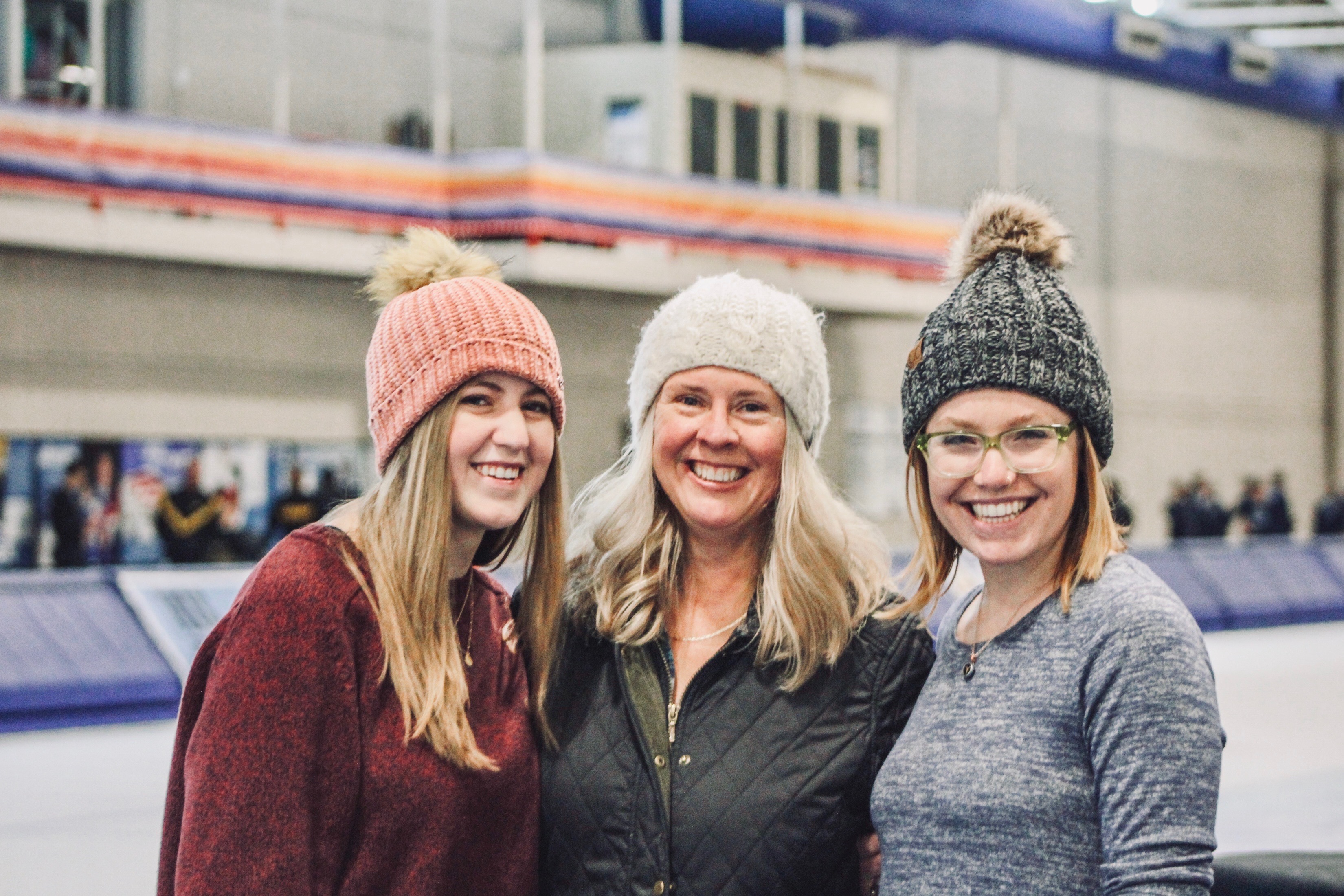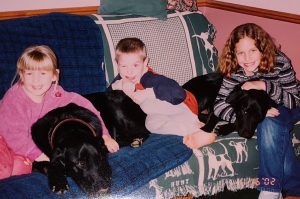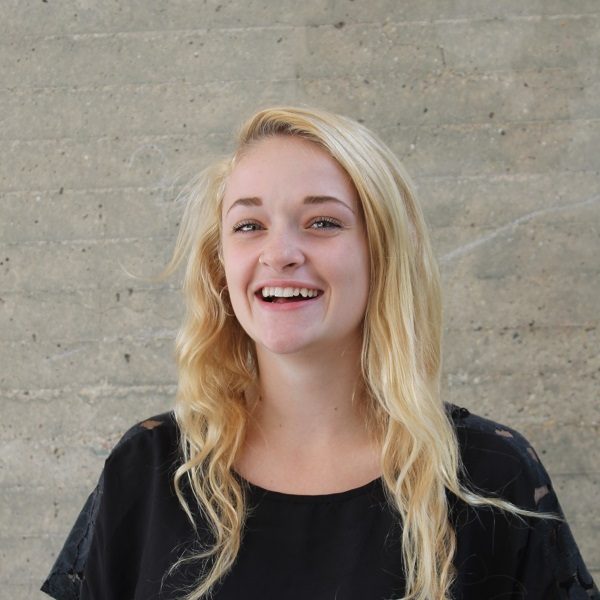Forever Families

Forever familieS
Photo courtesy of the Klemowits family
Open adoption allows lifelong bonds
For many people, starting a family is easy. Find a partner, get pregnant, have a child, be a family. That’s it. However, that’s not the case for everyone.
For Amy and Claude Klemowits of Waukesha, in southeastern Wisconsin, having a biological family was not an option. While other couples were planning baby showers and taking maternity photos, the couple completed background checks, gathered letters of recommendation, and went through individual interviews, psychological evaluations and home studies — just for a chance at becoming parents through another avenue: adoption.
“It ends up being that [for] most people, it’s way more important to them to be parents than to be biologically related to their child,” says Claire Bergman, executive director of Adoptions of Wisconsin. “So that’s why they go forward with adoption.”
The process of adopting is long and complicated with many rules, regulations and options. If a couple makes it through the process, they become a state-certified foster home, which gives them the legal permission to adopt a child. Even once they have this permission, it can still take years for a child to be placed in their care.

(Left to right) Zoë, Karl and Melania Klemowits all have different birth parents but became siblings for life when the Klemowitses adopted them. (Photo courtesy of Zoë Klemowits)
When the Klemowitses chose to begin their journey through adoption, they realized it was going to be a lifelong process, but they knew they wanted a chance at having a family of their own. With the help of Bethany Christian Services, they were able to begin the process — but once they were a state-certified foster home and were ready to take in a child, they were faced with more important decisions. Where did they want to adopt a child from? What type of adoption did they want to have?
That is when they made the decision to continue with open, in-state adoption, which would allow any children they adopt to continue residing in the state they were born in and to maintain relationships with their birth parents.
In an open adoption, birth parents have the possibility of continuing communication with their child, through letters, phone calls or visits, even after they terminate their rights to them. The communication among families remains contingent on the birth parent, adoptive parent and child all collectively making the decision to continue communication in whatever form they feel comfortable with. For the Klemowits family, this meant that they sent photos and letters to their children’s birth parents as they grew up and once they were old enough, gave them the option to meet their birth parents in person.
Open adoption may seem like more of a common occurrence now, but only a few decades ago it was not the norm. Before the 1980s, almost all adoptions were closed. This meant that birth parents rarely received any sort of support during pregnancy or communication after signing over the rights to their child. Birth parents did not have the option to know their child, and adoptive parents could not tell their child anything about their past. Along with basic information on family history, adoptive parents and the child knew nothing about the child’s medical history.
Today, open adoptions are the most common type of adoption. A study done in 2012 revealed that 95 percent of adoptions in the U.S. now have some degree of openness, whether that be mediated communication through the adoption agency or full contact throughout their child’s life, like the Klemowits family decided to pursue.
“I was just thankful that we did do the open adoption so that our kids could have the experience of meeting their birth parents if they wanted,” Amy Klemowits says. “[It] helps them continue to grow, hopefully, into good human beings as adults.”
By adopting within Wisconsin, they allowed their children to grow up in the state that they were born in and near enough to their birth parents that they were able to visit. For the oldest Klemowits daughter, Melania, 25, of Milwaukee, this gave her the choice to create a meaningful relationship with a family she may have otherwise never known.
“[Wisconsin] is where I was born, these are my roots,” Melania says. “I love it. I love being able to drive an hour, hour and a half, and visit my birth family on the weekends.”
The choices that her adoptive parents made in the beginning of their adoption process allowed Melania to take her life in a much different path than if she would have been in an out-of-state or closed adoption. Not only did an open adoption allow her to know her family physically, it also made the process of understanding her own adoption easier.
“Because we had an in-state, domestic, open adoption, I was never confused,” Melania says. “I mean, yes, I had questions about it, but I was never like, ‘Will I ever get these answers?’ The answers were always available to me.”
“I think I was in second grade and I was going around asking my friends where their birth parents were, because I thought everybody was adopted,” she adds. “So [it was] super normal for me.”
This transparency in her childhood has now influenced Melania, who has a biological daughter of her own, to parent with openness and honesty as well. She chooses not to hide things from her daughter, who in turn gets loved — and spoiled — by not only the Klemowits family, but Melania’s birth family, too.
“I can’t imagine my life and my family, and all of Yara’s aunts and uncles, and she has multiple sets of grandparents,” Melania says. “I can’t imagine it any other way.”

Melania (right), who was adopted at birth, with her own biological daughter, Yara (left). (Photo courtesy of the Klemowits family)
The same transparency that has created a strong, extensive family bond for Melania has also helped the youngest Klemowits daughter, Zoë, 21, who is currently studying in Columbia, Missouri, understand her adoption, too.
“I think having that open communication just made it easier to grow up and understand why you’re in the situation you are in,” Zoë says, “and kind of appreciate both of your families better.”
Despite being aware that she was adopted and grew up in a family she was not biologically related to, she felt no different than any of her peers who grew up in traditional families. Being adopted did not change how she felt about her family — if anything, it strengthened it.
“[Adoption] means being a part of a family that accepts you for who you are and loves you no matter what,” Zoë says.
It is the same love that any other family shares, and it’s the reason that people like the Klemowitses chose to grow their family through adoption. It’s the same thing that Bergman sees in her work at Adoptions of Wisconsin every day.
“I love seeing people meet their adopted child for the first time and realize that they are just as connected to that child as they were to their biological child they had or to their imagined biological child that they might have had,” Bergman says.
Zoë echoed that in her feelings for her own family.
“I felt like I was really a part of this family, especially because it’s the only family I’ve ever known,” she says. “I honestly feel really lucky and blessed that I have parents that I do. Just because it was so great … I would never want to think about being with another family.”
